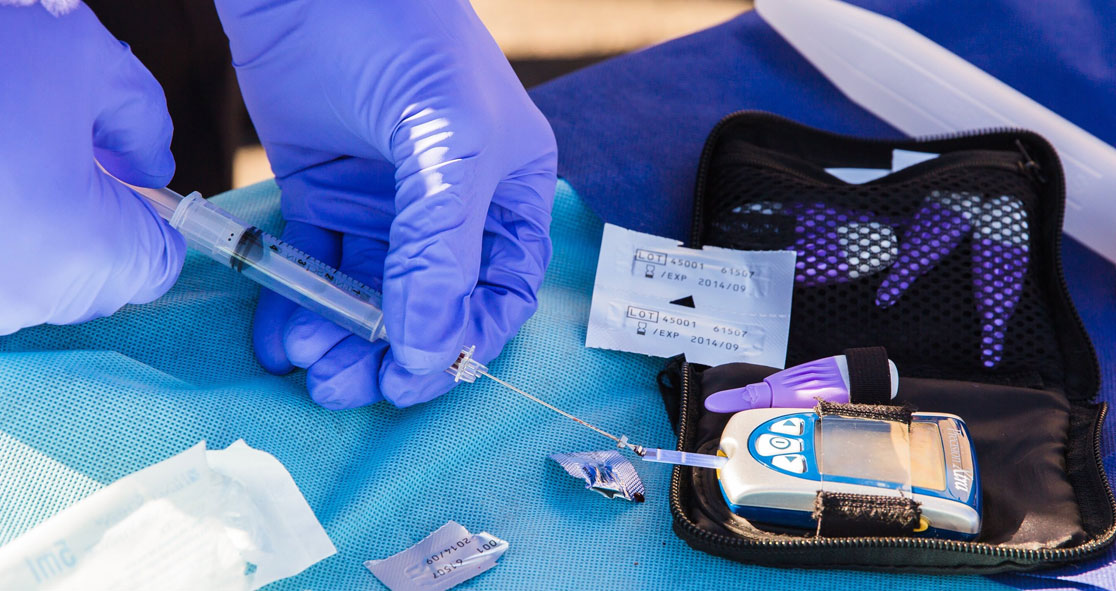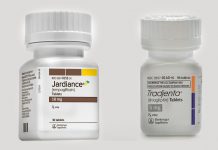Oregon State University researchers have found that a few organisms in the gut microbiome could play a key role in treating type 2 diabetes.
This finding opens the door to possible probiotic treatments for diabetes that affect at least one in 10 Americans.
Co-leader of the study Andrey Morgun said, “Type 2 diabetes is, in fact, a global pandemic and the number of diagnoses is expected to keep rising over the next decade. The so-called ‘western diet’ –high in saturated fats and refined sugars – is one of the primary factors. But gut bacteria have an important role to play in modulating the effects of diet.”
Type 2 diabetes is a chronic metabolic condition that affects the way the body metabolizes glucose (sugar), which is a key source of energy. Sugar accumulates in the bloodstream and if left untreated, it affects major organs, giving rise to life-threatening complications.
One of the key risk factors for type 2 diabetes is being overweight or obese, which is often a result of a western diet coupled with a sedentary lifestyle and low physical activity.
The human gut microbiome contains over 10 trillion microbial cells from about 1,000 different bacterial species. And any imbalance, aka dysbiosis, in the gut microbiome is associated with detrimental effects on health.
Another co-leader of the study Natalia Shulzhenko said, “Some studies suggest dysbiosis is caused by complex changes resulting from interactions of hundreds of different microbes. However, our study and other studies suggest that individual members of the microbial community, altered by diet, might have a significant impact on the host.”
Morgun said, “The analysis pointed to specific microbes that potentially would affect the way a person metabolizes glucose and lipids. Even more importantly, it allowed us to make inferences about whether those effects are harmful or beneficial to the host. And we found links between those microbes and obesity.”
The scientists identified four operational taxonomic units (OTUs) that corresponded to four bacterial species – Lactobacillus johnsonii, Lactobacillus gasseri, Romboutsia ilealis, and Ruminococcus gnavus.
Shulzhenko explained, “The first two microbes are considered potential ‘improvers’ to glucose metabolism, the other two potential ‘worseners.’ The overall indication is that individual types of microbes and/or their interactions, and not community-level dysbiosis, are key players in type 2 diabetes.”
“We found R. ilealis to be present in more than 80% of obese patients, suggesting the microbe could be a prevalent pathobiont in overweight people,” Shulzhenko noted.
“Altogether, our observations support what we saw in the western diet-fed mice,” she added. “And in looking at all of the metabolites, we found a few that explain a big part of probiotic effects caused by Lactobacilli treatments.”
“Our study reveals potential probiotic strains for treatment of type 2 diabetes and obesity as well as insights into the mechanisms of their action,” Morgun explained. “That means an opportunity to develop targeted therapies rather than attempting to restore ‘healthy’ microbiota in general.” The article appeared on Science Daily.





















